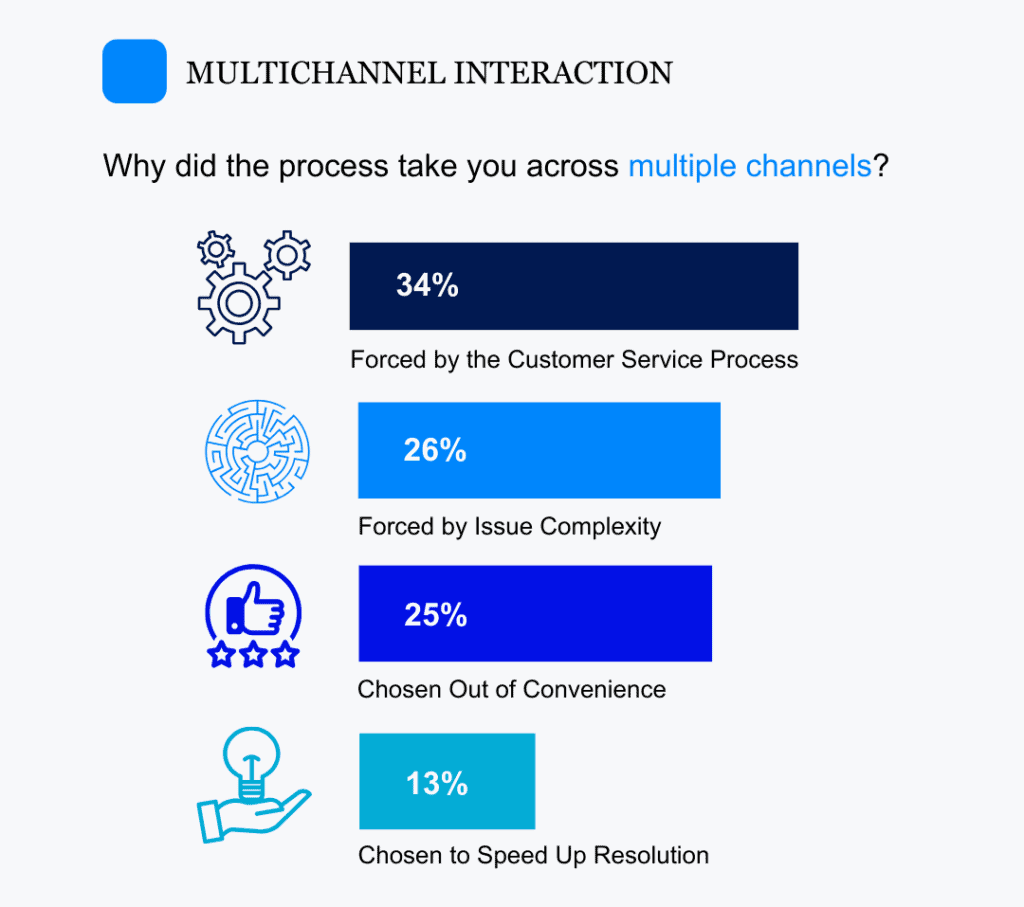
September 11, 2023
With digital self-service technology advancing at a phenomenal rate, why are interactions with chatbots and interactive voice response (IVR) systems still the sources of so many frustrating customer experiences?
Despite these experiences, sixty-four percent of customers are willing to use self-service technology if it can resolve their issues. Even more customers (82%) look for a solution using self-service technology before reaching out to other channels.
By implementing a set of proven strategies and guidelines, you can transform your IVR and chatbot systems from sources of customer dread into preferred channels that enhance CX. In this article, we will explore the COPC Global Benchmarking Series 2023: CX Understanding & Strategy research and offer some key guidelines that serve as an excellent starting point to ignite your CX transformation journey.
Webinar Series
A Vision for AI in Customer Support
This webinar series explores the potential of AI to revolutionize both front-end processes that impact customer interactions and back-end operations.

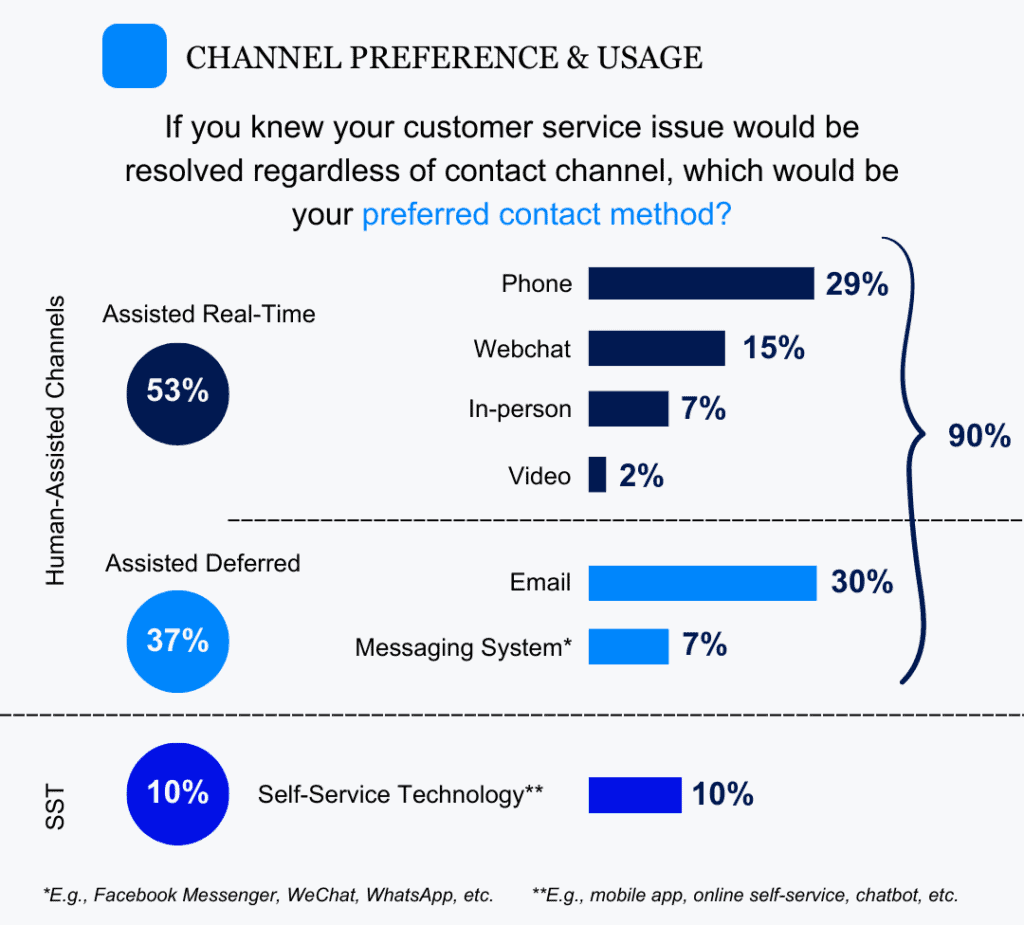
COPC research shows that most customers still prefer human-assisted support channels over self-service channels. There are likely many reasons for this sentiment, including poorly designed IVR systems and chatbots.
One of the underlying factors of poor design is that many organizations design these systems from a cost-savings perspective. If customer experience is an afterthought in design and implementation, customer loyalty and revenue suffer.
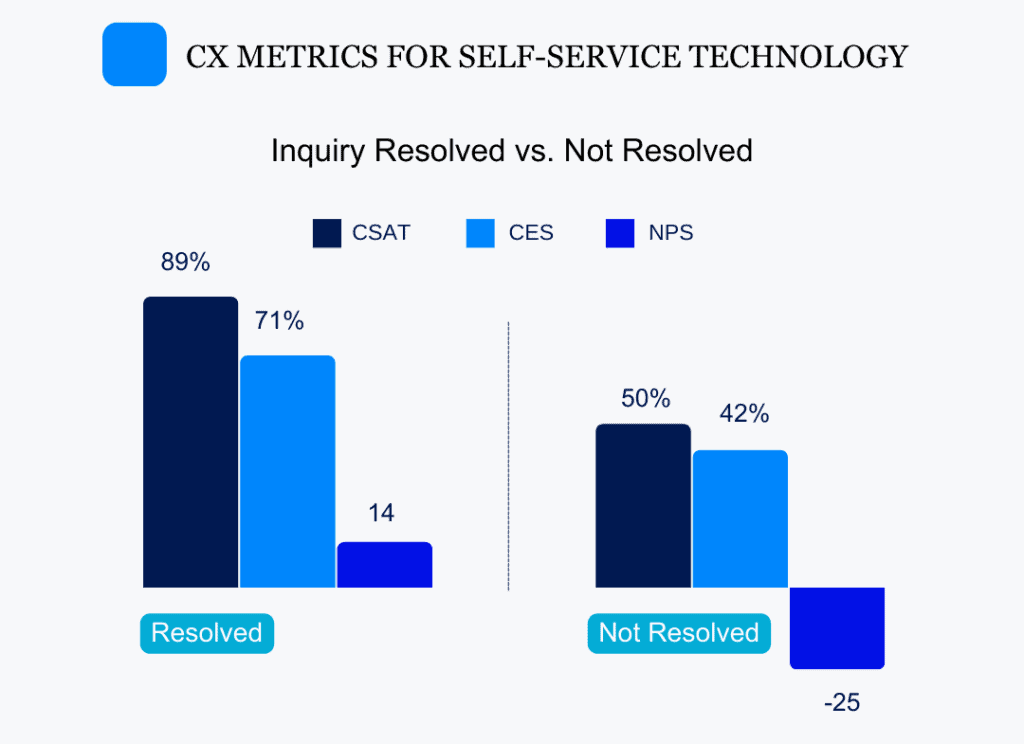
Furthermore, issue resolution is a driver of customer satisfaction, regardless of channel, and that is certainly true for self-service technologies. Our research shows that customer satisfaction is almost 40 points worse when the issue is not resolved. Therefore, it is critical for organizations to design these journeys with resolution in mind.
How can you ensure that customers aren’t frustrated by poorly designed IVR systems and chatbots? Before we provide four key guidelines, let’s address some foundational recommendations that are critical when developing, implementing and refining self-service strategies.
Related
CX Technology Consulting
Journey-Based CX Technology
Design & Implementation

Understand Drivers & Expectations
It is best first to understand what prompts customers to contact you. Customers may reach out for any number of reasons depending on where they are in their journey or lifecycle. They may seek information before purchasing, need help acquiring more of your product/service, or require support with using your product/service or resolving an issue.
Although this is bigger than IVR systems and chatbots, understanding what drives customer contacts should frame the design of IVR systems, chatbots, and other customer-facing technologies. Another area that organizations often need to focus on is uncovering customer expectations of how you care for their needs and desires. Intimate knowledge of both “drivers” and “expectations” is foundational in the design of a good customer experience.
You can find these insights by gathering and analyzing customer interaction, feedback and sentiment data. Next, create a service blueprint of your most important service journeys. The powerful combination of customer experience data and service blueprints enables you to identify the drivers of customer contact, effort, and frustration in addition to poor service designs.
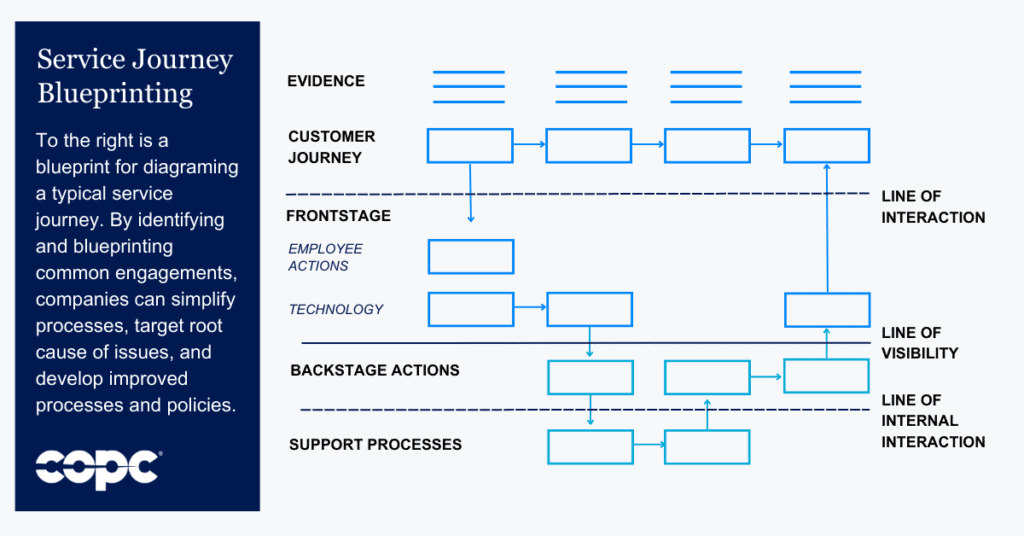
Know your customer’s needs. It is essential to rely on current data when making design decisions about IVR, chatbots and service journeys. These decisions require more than extensive customer experience or industry knowledge. People change, and so do your customer’s wants and needs. Being in sync with those changes is critical to reaping the cost-savings benefits of IVR systems, chatbots and other customer-facing technologies.
As such, wise CX leaders will evaluate performance, develop/refine strategies, and design and improve services based on continuously refreshed customer experience knowledge.
Finally, keep in mind the two overriding goals of any customer support service journey — to resolve customer needs and do so with the least amount of effort possible. This knowledge will equip you and your team when revisiting your IVR and chatbot design.

COPC® Service Journey Thinking offers a comprehensive approach to visualizing, designing and measuring the customer journey. Organizations can create a more personalized, streamlined customer experience with service blueprinting and better data usage.
Create a Solid Foundation for Digital Self-Service Design
There are many proven guidelines for the successful design and performance of IVR systems, chatbots and other self-service models of customer care. Here are just a few that COPC uses to help our clients:
1. Access and Delivery of Core Services
Designing a valuable IVR or chatbot experience means providing services with at least the core capabilities to easily and quickly address customer needs. To be clear, ‘triaging’ is not a customer need; but a business need.
2. Simple and Engaging Design
People are drawn to and get more engaged in activities or tasks they are confident they can manage and enjoy. Most tend to avoid activities that exceed their level of competence or that they do not like.
Your customers are no different. They are more motivated to engage with and regularly use IVR and chatbots when these technologies deploy a simple, pleasant, and appealing design and do not require expertise or extensive patience.
Customers want to state their needs or preferences only once. They want quick answers to simple inquiries and expert guidance when navigating more complex issues.
3. Quality and Accuracy
The experience with your IVR or chatbot and the outcome of each customer interaction should be defect-free. The system should be intelligent and agile enough to allow customers to easily recover from input errors.
Customers should never encounter ‘dead ends’ in their experience with an IVR or chatbot. Furthermore, resolution within these channels should be highly accurate. When customers contact you, they expect a solution.
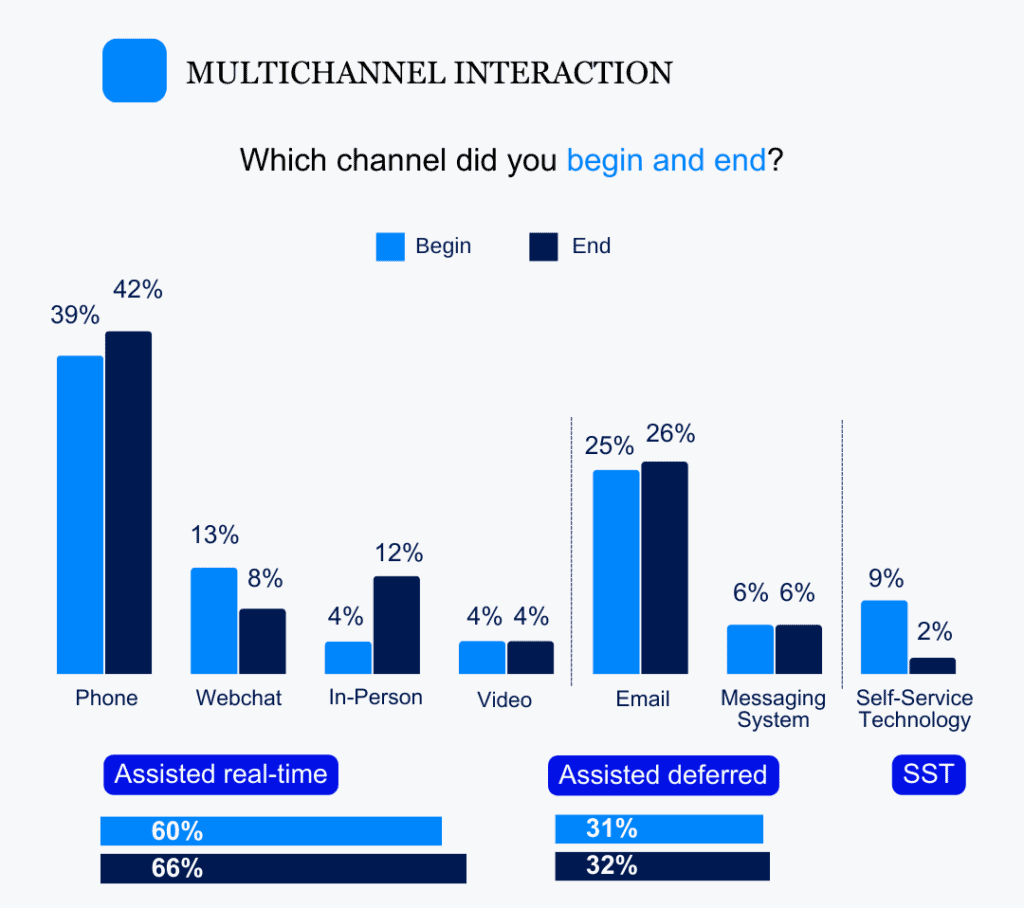
Therefore, these technologies should not require additional customer effort, repeat contacts, or escalation. Frustrating experiences with an IVR or chatbot affect customer sentiment regarding their immediate need and negatively impact customer loyalty in the future.
Customers are 4x as likely to begin trying to solve their issue with self-service technology than end a multichannel journey with self-service technology.
Where do the other customers go, you might ask? Research shows they’re either taking their concern to a human-assisted channel or quitting your brand altogether.
4. Provide Options to Get Help Another Way
IVR self-service or chatbot should be an option, but not the only option for service. Forcing customers to use these channels, especially poorly designed ones, can have a far-reaching impact. If customers cannot get help the way they prefer or expect, it may result in lower revenue as they purchase less of your product/service or switch to your competitors.
To increase the adoption and utilization of these lower-cost channels, design your IVR and chatbot to deliver additional benefits, value, and conveniences that drive customer preference for these channels.
Sixty percent of the consumers who used multiple channels to resolve their issues were forced to do so due to either complexity or the customer care process itself.
Customers forced to use multiple channels were 3x times more likely to be dissatisfied with their experience than those who chose multichannel usage.
There are other strategies and guidelines that can help transform your IVR and chatbot from something customers dread or avoid to preferred channels that serve as a competitive advantage and drive higher margins. However, these guidelines are a good starting place to spark your CX transformation!

Author: Rick Zayas
Vice President, CX Strategy & Performance Improvement at COPC Inc.
To learn more about service design best practices and how to drive higher customer loyalty while lowering business costs, contact us to speak with a COPC CX expert or check out our Service Journey Thinking training.
